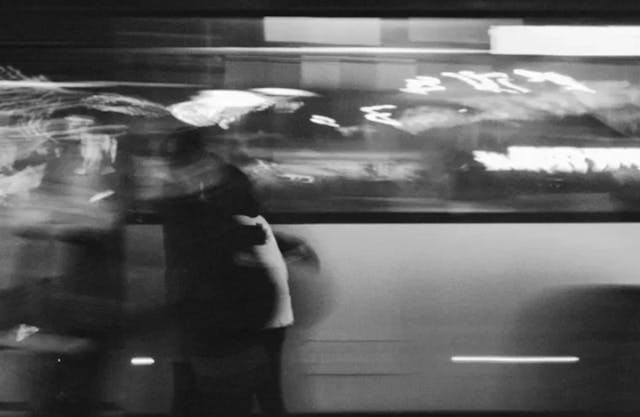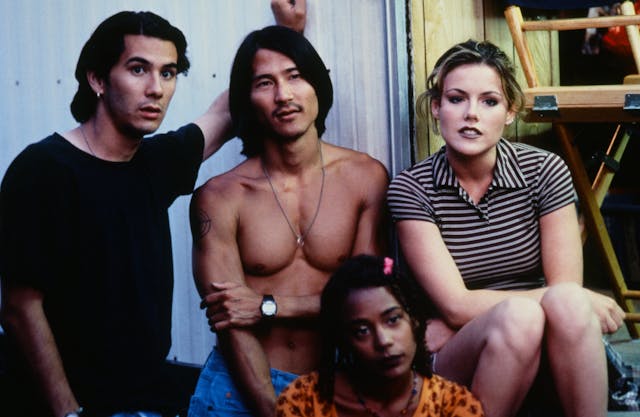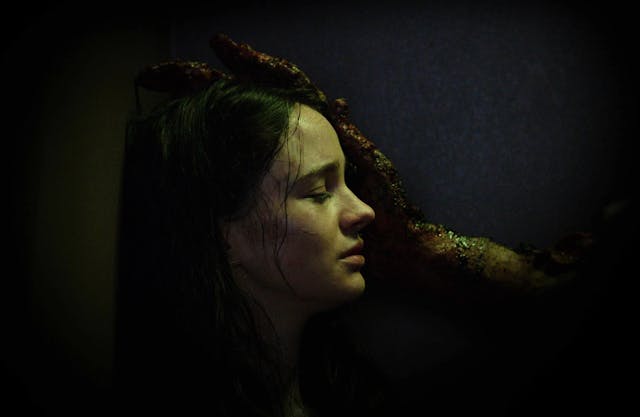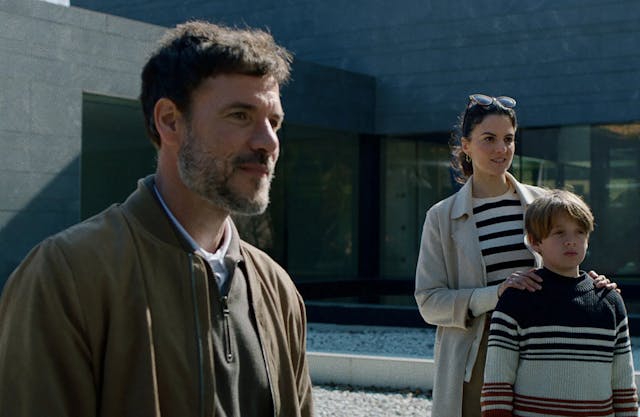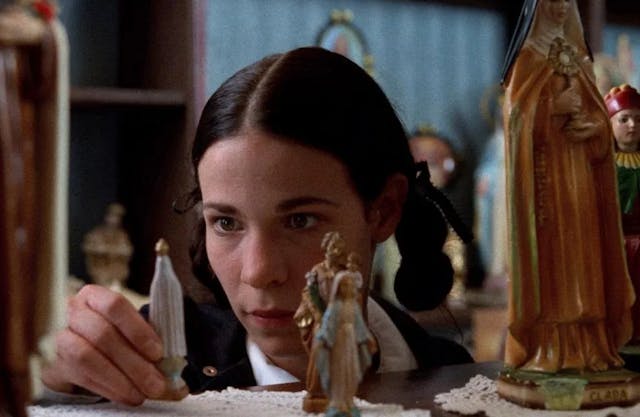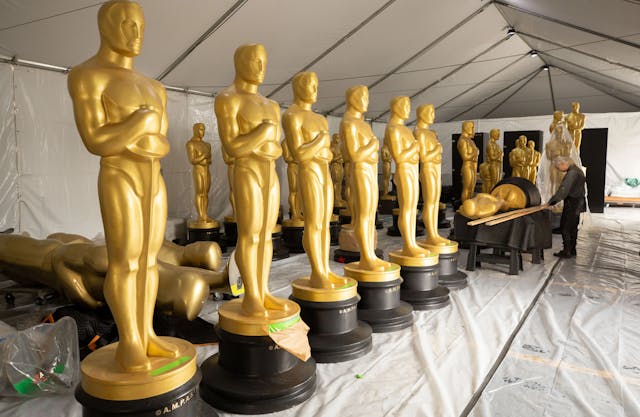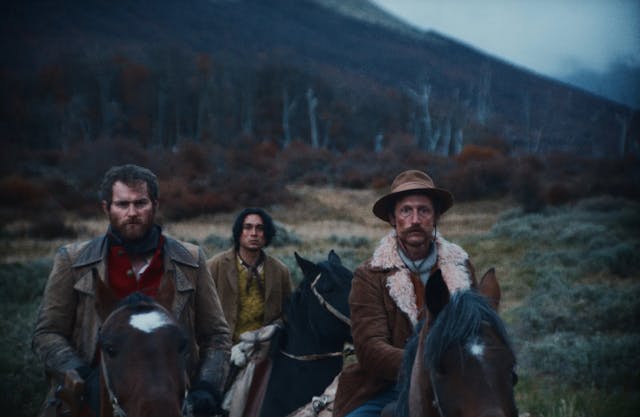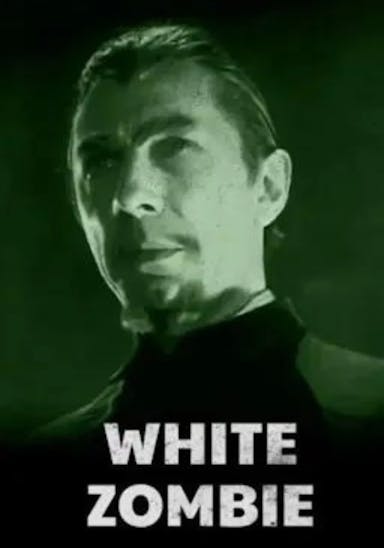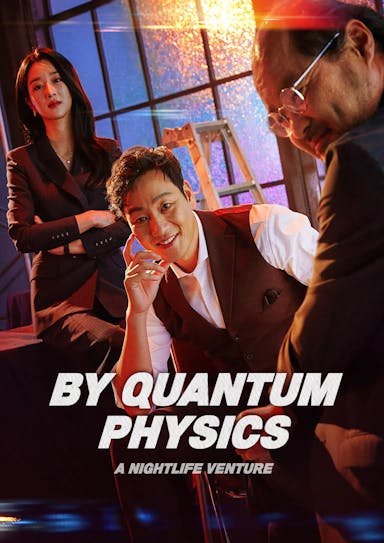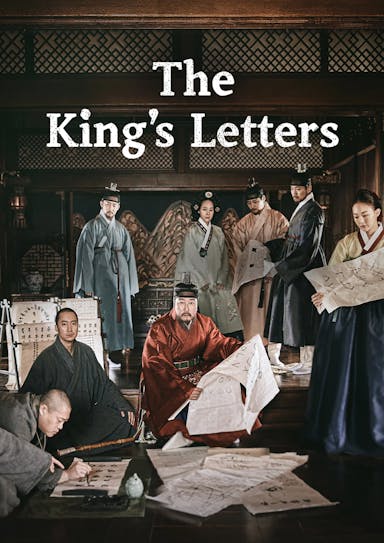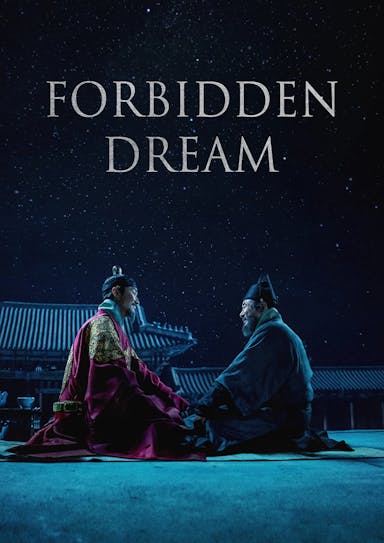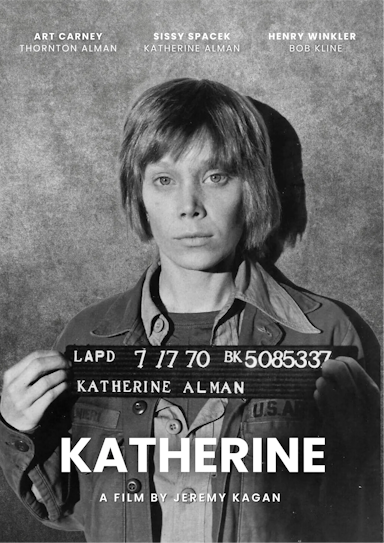Classic American Silent Movies You Can Stream Now on Popflick
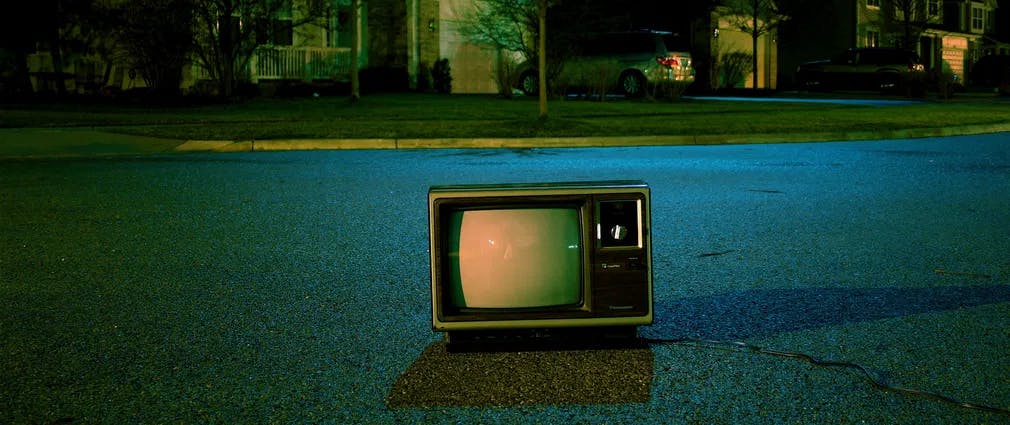
Our recent Halloween-motivated exposure to the horror classic "Haxan" and German Expressionism dark jewel "Nosferatu" reminded us of the beauty of silent cinema. Alas, the Europeans were not the only ones exploring the expressive potential of a new art form. The United States had its share of worthy exponents. Alas, a nation's art is, for good or bad, a reflection of its time, place, and people. Because American history is closer to us, we are more sensitive to how film reflects the country's dark underbelly and brutal contradictions that still plague us more than a century later.
But not everything is doom and gloom. This batch of notable silent movies has some lighter, bubbly fare to compensate for the darkness. High-flying adventure, slapstick, and sentimental comedy. Think of this as a time machine. Let's go back to the 1920s from the relative safety of the present.
The Divisive D.W. Griffith
Kentucky-born D.W. Griffith aimed for a career in the theater but gravitated towards the nascent film industry in the early XX century. He started as an extra and eventually moved on behind the camera to direct films at young studios like American Mutoscope and the Biography Company. By the time he did the epic “Birth of a Nation” (1915), he had directed hundreds of short films, the preferred format of early cinema.
The Birth of a Nation (1925)
The movie is intimately and unavoidably connected to racism. It is based on the novel “The Clansman,” by Thomas Dixon Jr. With the Civil War barely decades ago, the industry aimed to serve audiences pinning for the antebellum South. The plot follows two white families separated by civil war politics, with a northern soldier falling for a southern belle. So far, so “Romeo and Juliet.” But war decimates the families. Young Ben Cameron rose as a leader of the losing whites and compensated by founding the Klu Klux Klan. White girls get threatened by mulattos and black men until the white-hooded clansmen come in to save them. In the end, northerners see the errors of their ways.
For decades, “Birth of a Nation” enjoyed critical prestige for allegedly innovating cinema language with close-ups and simultaneous editing. Alas, a critical reappraisal had been on the rise for decades, reversing the white-washing that minimized the evil politics of the movie in favor of filmmaking. The great online critic and silent film champion Fritzi Kramer has been instrumental in debunking the myths that prop up the movie’s prestige. For example, most of the technical achievements attributed to Griffith were already used by other filmmakers and in other countries. And no, it was not the first movie projected at the White House. Any film buff worth their salt should check her blog, Movies Silently, and follow her on social media platforms.
Think of the glorification of “Birth of a Nation” as a cultural phenomenon, propped up by white exceptionalism. What to do in the XXI Century with a movie that openly vilifies black characters perpetuating racist stereotypes - with white performers in blackface doing odious caricatures? Even the problematic “Gone With The Wind” (1939) threw its glorification of the Klan to the down-low. Here, it’s front and center.
Perhaps we must treat it as "The Triumph of The Will" (Leni Riefenstahl, 1935). These are movies in which mastery of filmmaking language should not be considered in a vacuum, divorced from the hateful political discourse they promoted. Here's the thing: as discomforting as it can be to watch these movies, to hide them does society no service. Such a thing can feed into denialism. We should not forget how rampant racism and anti-semitism were (still are). If we hide their manifestations, won't people forget them? "The Birth of a Nation" has been included in the National Film Registry of the Library of Congress.
Intolerance (1925)
Fresh off the commercial success of “The Birth of a Nation,” Griffith went on to cash in his credibility with a nearly 3-hours epic that contemplated how intolerance is inseparable from the history of humanity.
Four different stories articulate Griffith’s lament. In ancient Babylonia, warring sects adoring other gods brought about the fall of the Empire. In Judea, Jesus performs miracles at the wedding at Cana, which precipitates his crucifixion. During the Renaissance, in France, we witnessed the St. Bartholomew’s Day massacre among Protestants and Catholics. In early XX Century America, a young married couple came into the crossfire of striking workers and conniving businessmen.
It is reported that Griffith was reacting to the critical pushback against “The Birth of the Nation.” Black people throughout the country protested the movie’s racial stereotypes. The National Association For The Advancement of Colored People (NAACP) tried banning it. The irony is rich. Griffith was sore because he could not spread racism without any blowback from the aggrieved group. Still, the filmmaking warranted the movie recognition. This film is also included in the National Film Registry of the Library of Congress. The movie is available to stream on Popflick.
Cult Movie, Roaring '20s-Style
The Unknown (1927)
Anticipating his work in the scandalous "Freaks" (1932), Tod Browning, perhaps the best director of cult movies of the era, created this twisted love triangle between carnies. Lon Chaney goes through one of his famous transformations to play a man with no arms, obsessed with the dancer Nanon (Joan Crawford), the circus owner's daughter. A few obstacles are in his way, like the strongman Malabar (Norman Kerry), who has his designs on the girl.
Browning packs a lot of punch in over an hour, but perhaps the biggest selling point now is the legendary Joan Crawford, in a role that turbocharged her career.
Spectacular Horror
The Hunchback of Notre Dame (1923)
More Lon Chaney for your viewing pleasure…or terror? Producers Irving Thalberg and Carl Laemmle adapted the sweeping romantic novel by Victor Hugo. They inadvertently set up an early blueprint for the golden era of monsters at Universal Studios, still a decade in the future. This luxurious adaptation of the novel by Victor Hugo was the perfect vehicle to showcase Chaney as the tragically deformed, doomed hunchback Quasimodo, hopelessly in love with beautiful gypsy girl Esmeralda (Patsy Ruth Miller). In turn, she is pursued by a dashing Phoebus (Norman Kerry) and evil Jehan (Brandon Hurst).
The movie had a budget of $1.25 million. It does not sound like a lot in the Marvel era, but back in 1923, that amount of money made it the most expensive film ever made by the usually frugal Universal. The gamble paid off, and the movie was a hit.
The Phantom of the Opera (1925)
If “The Hunchback of Notre Dame” leaves you wanting more Lon Chaney, you are in luck. A few years later, he played the title character in “The Phantom of The Opera.” This adaptation of the novel by Gaston Leroux offered another physically hideous romantic hero prancing in spectacular sets. The making of the movie was convoluted, plagued by test screenings, reshoots, and many edits until notoriously fickle Laemmle was satisfied. Despite all the drama behind the cameras, it turned out to be a hit and raked in $2 million at the box office.
Fully committed to spectacle, the filmmakers took advantage of technical advancements. The climatic sequence of the Masked Balls was vividly colorized, aiming for naturalism, while the rest uses the traditional monochromatic tints - for example, blue for night scenes -. A couple of years later, Universal released another cut with some newly shot dialogue scenes and synchronized music and sound effects.
Silent Comedy Masters
Battling Butler
We already went long on Popflick’s selection of movies from Buster Keaton, a.k.a. The Silent Genius. Since then, a new classic has entered our collection, and we would be amiss if we did not shout it to the four winds. The amazing Buster stars and directs in “Battling Butler,” a zany comedy about a physically weak fellow who pretends to be a boxer to impress a girl. The sham escalates; he trades blows with a real fighter before you know it.
Of course, you must suspend disbelief to accept Keaton as a weakling. Do not let his slight frame fool you. His admirable physical prowess was more than proven by the amazing stunts he tackled in all of his movies. If you are a fan of Jackie Chan, Tom Cruise, and every other actor performing daring, death-defying moves in their films, Buster is the OG. Check it out!
The Gold Rush (1925)
It is one of Charlie Chaplin’s most beloved movies. “The Gold Rush” follows the adventures of his signature character, The Little Tramp, as he gets swept up in the Gold Rush and gets to Klondike to try his luck as a prospector. As writer and director, Chaplin abides by his commitment to combining comedy and pathos. When Charlot and a fellow prospector face hunger, snowed in in a remote cabin, the burlier man imagines his mate is a giant chicken and goes in for the kill.
Decades later, Chaplin re-released the movie with narration, synchronized sound effects, and music. It was nominated for Best Music Score and Sound Recording at the 1943 Oscars. It was selected for the National Film Registry at the Library of Congress in 1992.
A Fantasy Epic For The Ages
The Thief of Bagdad (1924)
Every special-effects-laden Hollywood blockbuster owes its soul to “The Thief of Bagdad,” the legendary fantasy epic directed by Raoul Walsh, featuring Douglas Fairbanks, one of the most famous stars of silent movies, at his most athletically graceful.
The plot is inspired by the folk tales of the “1001 Arabian Nights.” Fairbanks is a charming thief who must find the most fantastic treasure to earn the hand in marriage of the beautiful princess, daughter of the Caliph. And off he goes on a great adventure that will take him to faraway lands in his flying carpet, where he will face fantastic creatures and evil adversaries.
“The Thief of Bagdad” is one of the most expensive movies of Hollywood in the ‘20s, and you can see every penny on the screen. The monumental production design was created by William Cameron Menzies, the legendary Art Director who would go on to do stellar work for decades and won an Oscar for his work in “Gone With The Wind” (1939). You can also catch Ana Mae Wong, one of the first Asian-American movie stars, playing a devious Mongol enslaved girl. For those reasons and many others, the movie was chosen for the National Film Registry of the Library of Congress in 1996.
The Last Stand of Silent Cinema
Sunrise (1927)
The studios had already experimented with sound when German director Fritz Lang arrived in Hollywood, poached from the Weimar Republic by 20th Century Fox. The industry's infatuation with the new technology did not prevent them from pouring resources into "Sunrise: A Song of Two Humans." You can see every penny on the screen.
George O'Brien and Janet Gaynor play a married couple of farmers. By the time we catch up with them, a vamp in town for vacation has driven a wedge between them and convinces the man to kill his wife and run away with her to the City. The plan goes awry, and the woman escapes. Ridden with guilt, the man tries to forgive him, making her fall in love again during an eventful day in the City they fear so much.
You will be surprised to know that there was a time when blockbuster-size budgets were bet on humane dramas about people falling in and out of love and back again. "Sunrise" is a marvel of production design, with panoramic urban views constructed with ingenious optical tricks, models, and special effects. There is just as much artistry behind the rural scenes, including a massive storm on a lake. None of it would matter if the movie left you cold, but almost 100 years after its premiere, "Sunrise" remains a classic of melodrama. Check out our full blog post about it.
Want to get an email when we publish new content?
Subscribe today